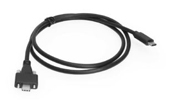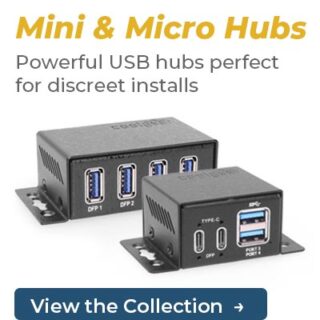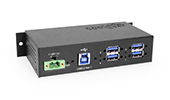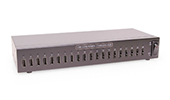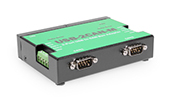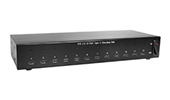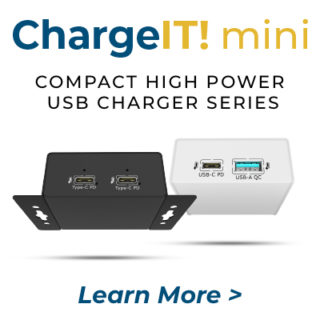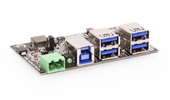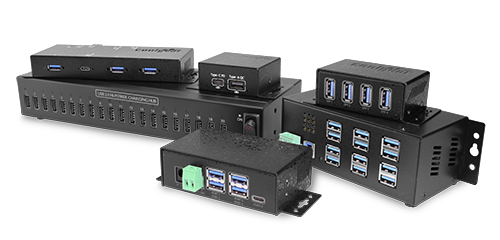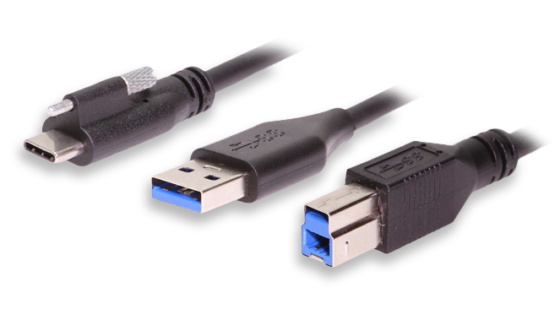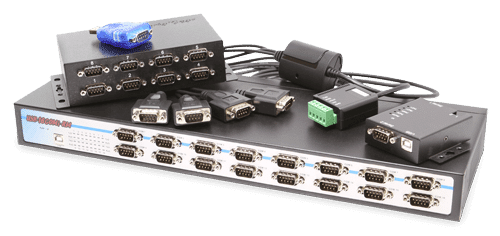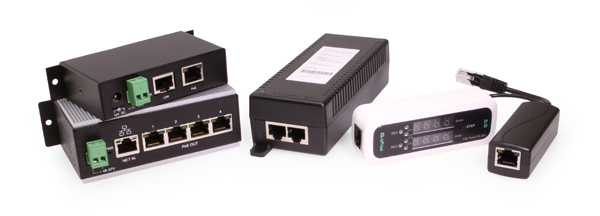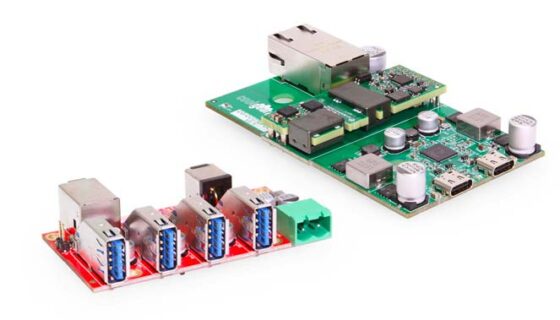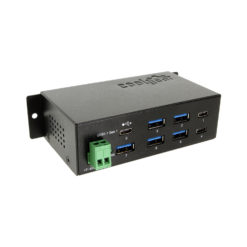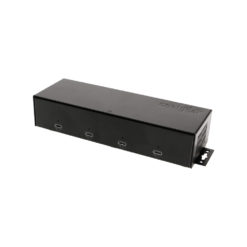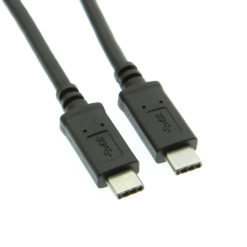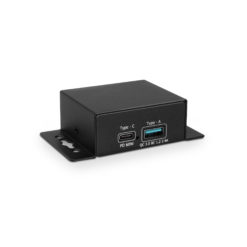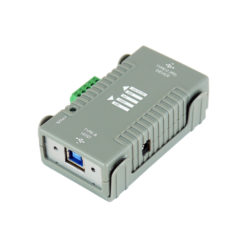In an era marked by rapid technological advancements, the USB (Universal Serial Bus) standard has undergone significant transformations to meet the demands of consumers and businesses alike. Among these developments, USB Type-C has emerged as a dominant force in the connectivity landscape, fundamentally changing how we charge and connect our devices. This article explores the reasons behind the upward trend of USB Type-C and its implications for the future of technology.
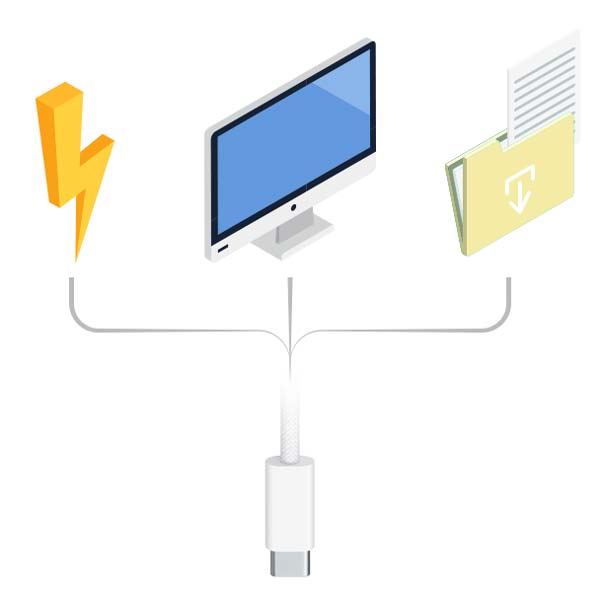
Versatility and Universality
One of the primary reasons for the increasing popularity of USB Type-C is its versatility. Unlike its predecessors, USB Type-C supports a wide range of functionalities, including data transfer, video output, and power delivery, all through a single connector. This adaptability allows users to connect a multitude of devices—from smartphones and laptops to monitors and peripherals—using the same cable, significantly reducing the clutter of different connectors.
Additionally, the reversible design of USB Type-C eliminates the frustration often associated with connecting plugs. Users can insert the connector in either orientation, making it easier and more intuitive to use. This user-friendly feature has resonated well with consumers, contributing to its widespread adoption.
Enhanced Data Transfer Speeds
USB Type-C is not just about aesthetics and convenience; it also offers substantial improvements in data transfer speeds. Depending on the underlying USB version (e.g., USB 3.2 or USB4), Type-C connectors can achieve speeds of up to 40 Gbps, dramatically outpacing older USB standards. This capability is particularly valuable for professionals who rely on high-speed data transfers, such as graphic designers, video editors, and software developers.
As the demand for faster data transfer continues to grow, particularly in industries that handle large files, USB Type-C stands out as a solution that meets these needs effectively.
Power Delivery and Fast Charging
The integration of USB Power Delivery (USB-PD) technology is another critical factor driving the popularity of USB Type-C. This feature allows devices to negotiate power requirements, enabling higher power levels for fast charging. With USB-PD, a laptop can charge quickly from a compact power adapter, while smartphones and tablets can achieve full charges in record time.
The ability to deliver up to 100 watts of power through a single cable also simplifies charging solutions for various devices. For instance, users can power laptops, tablets, and smartphones using the same charger, reducing the number of chargers and cables needed in households and workplaces. This efficiency appeals to consumers looking for convenience and practicality.
Adoption Across Industries
The upward trend of USB Type-C is not limited to consumer electronics. Its adoption spans various industries, including automotive, healthcare, and telecommunications. In the automotive sector, USB Type-C is becoming the standard for in-car charging and connectivity solutions, facilitating seamless integration of smartphones and other devices.
In healthcare, medical devices are increasingly incorporating USB Type-C for data transfer and charging, enabling better interoperability among devices and improving patient care. Similarly, telecommunications companies are embracing USB Type-C for network equipment, enhancing connectivity and performance.
Future-Proofing Technology
As technology continues to evolve, the industry is shifting toward a more standardized approach to connectivity. USB Type-C is positioned to become the universal connector of the future. With its growing acceptance and implementation across various devices and industries, it is becoming increasingly essential for manufacturers to adopt this standard.
Moreover, as governments and organizations push for universal charging standards to reduce electronic waste, USB Type-C is emerging as the front-runner. The European Union, for instance, has proposed legislation mandating a common charger for smartphones and other portable devices, with USB Type-C as the likely choice.
The usage of USB connectors has evolved significantly over the years, reflecting advancements in technology and changing consumer needs.
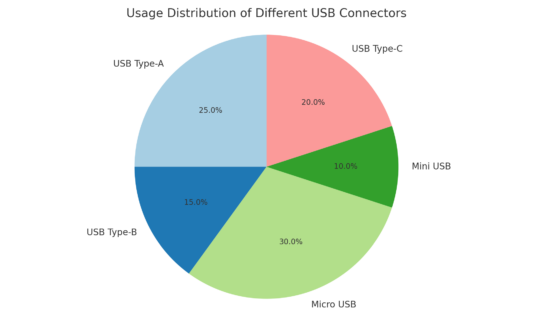
Traditionally, USB Type-A and Type-B connectors dominated the market, primarily found in computers and peripherals, with Type-A accounting for 25% and Type-B for 15% of usage. However, the emergence of USB Type-C has revolutionized the landscape, becoming increasingly popular due to its versatility, reversible design, and high data transfer speeds, representing 20% of connector usage. Meanwhile, Micro USB connectors remain relevant, making up 30% of usage, although their prevalence is declining as more devices transition to Type-C. Additionally, Mini USB connectors, accounting for 10%, are becoming less common in new device designs. The growing demand for faster charging and data transfer capabilities is propelling the development of USB Power Delivery (USB-PD) technology. Industry analysts predict that the demand for USB Type-C connectors will continue to rise, driven by the proliferation of IoT devices, consumer electronics, and automotive applications, making it essential for businesses to adapt to these trends to meet the evolving connectivity needs of their customers.
Type-C is Here to Stay
The upward trend of USB Type-C represents a significant shift in the world of connectivity. With its versatility, high-speed capabilities, fast charging solutions, and widespread adoption across industries, USB Type-C is not just a passing trend—it is redefining how we connect and interact with our devices. As more manufacturers adopt this technology and consumers embrace its benefits, USB Type-C is set to become the standard for future connectivity, paving the way for a more efficient and streamlined digital ecosystem. Embracing this trend is essential for businesses and consumers alike to stay ahead in a rapidly evolving technological landscape.
Visit Our Resource Center
Browse informative articles, explore customer case studies, and watch helpful how-to videos in our Resource & Learning Center. Stay up-to-date with the latest in USB technology and our products.
Visit the Resource CenterCustom Solutions for Your Install
Our team of experts and engineers can get you dialed in with a custom built soution for your install. Reach out today to speak with an engineer!
Custom Product RequestLearn More About Coolgear Labs
Innovation is at the heart of everything we do. Coolgear Labs is our dedicated space for research, development, and experimentation
Read More About Coolgear LabsBrowse Customers' Case Studies
Learn about real use cases from our customers where Coolgear products helped integrators and engineers solve real world problems.
View Our Case Studies
